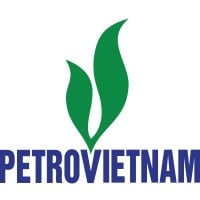
PEMEX
Petróleos Mexicanos es la mayor empresa de México, el mayor contribuyente fiscal del país, así como una de las empresas más grandes de América Latina. Es de las pocas empresas petroleras del mundo que desarrolla toda la cadena productiva de la industria, desde la exploración, hasta la distribución y comercialización de productos finales, incluyendo la petroquímica. Pemex contribuye el 35% del PEF, en otras palabras aporta 1 de cada 3 pesos para la construcción de escuelas, carreteras y hospitales. La tasa de éxito en exploración en aguas profundas es del 50% siendo superior al estándar internacional. En el 2014 las inversiones fueron por más de 25 mil millones de dólares. Pemex generó más de medio millón de empleos indirectos. Anualmente Pemex invierte cerca de 140 millones de dólares en donativos






